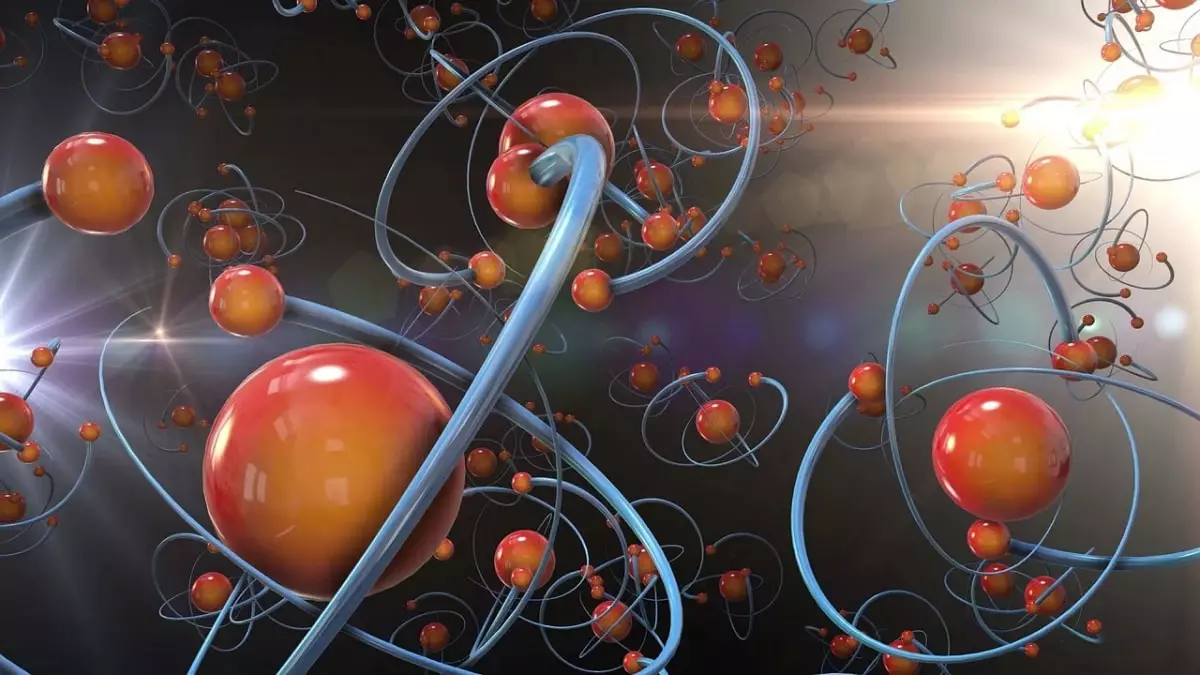As space exploration progresses, scientists find organic molecules—essential constituents of life—to be a recurring element in their cosmic research. These compounds, not only central to terrestrial biology but also prevalent in various extraterrestrial locations, offer insights into fundamental questions regarding the emergence of life. Missions spearheaded by organizations like the European Space Agency (ESA) and NASA, such as Rosetta and Osiris-Rex, have propelled our understanding of how these life-infused building blocks are present throughout the universe and how they may have contributed to the prebiotic conditions of planets like Earth.
Data from recent exploratory missions demonstrate the widespread existence of organic molecules, which could predate the formation of our solar system. For instance, research highlighted in Quanta Magazine indicates the presence of these molecules in interstellar clouds, comets, and asteroids, which serve as invaluable treasure troves of biological precursors. Notably, the Rosetta mission identified 44 unique organic compounds in comet 67P/Churyumov-Gerasimenko, including glycine—a fundamental amino acid necessary for protein synthesis and dimethyl sulfide, a compound associated with biological processes on Earth.
These findings suggest that life’s essential ingredients were dispersed throughout the cosmos even before planets took shape. The studied samples reinforce the hypothesis that organic material is interwoven into the fabric of our universe—from the cold depths of space to the vibrant ecosystems of Earth.
Asteroids are becoming increasingly prominent in the discussion around the origins of life. Analyzing samples collected by Japan’s Hayabusa2 and NASA’s Osiris-Rex has unveiled a staggering variety of organic molecules residing on asteroids Ryugu and Bennu. According to experts, including Philippe Schmitt-Kopplin, these findings substantiate the notion that “everything possible from which life could emerge” exists within the cosmos, providing a foundation for astrobiological exploration.
Ryugu, for example, displayed a plethora of 15 amino acids, which are pivotal for constructing the molecular frameworks required for life. The detection of these compounds in such celestial bodies not only indicates their inherent potential to harbor the prerequisites for life but also signals that these elements could have been delivered to nascent planets during formation.
Mechanisms of Organic Molecule Formation
The genesis of organic compounds can occur through two primary processes: reactions akin to combustion that manifest in dying stars, and chemical interactions on icy dust particles within molecular clouds. The latter is particularly intriguing, as it involves the complex interplay of radiation and cosmic rays, leading to the formation of simple molecules like methanol. Research has indicated that glycine, the simplest amino acid, can arise in these cold environments, accentuating the intrigue surrounding the molecular sophistication emerging even before stellar systems evolved.
Moreover, observations made from facilities like the Atacama Large Millimeter Array (ALMA) have confirmed the presence of substances such as methanol in protoplanetary disks, the dense regions where celestial bodies are born. These observations help to illustrate how organic molecules endure the tumultuous dynamics associated with planet formation, suggesting that life could arise wherever the right climatic and chemical conditions arise.
Searching for Life Beyond Earth
Given the range of organic materials discovered, the implications for astrobiology are vast. These compounds could serve as biosignatures, indicating the presence of life beyond Earth. Upcoming missions, notably NASA’s ambitious Dragonfly mission destined for Saturn’s moon Titan, aim to examine organic materials in environments thought to harbor life. Titan, with its extravagant hydrocarbon lakes and dense atmosphere, presents a compelling venue for this exploration.
The universal distribution of organic chemistry across the cosmos intensifies the notion that life’s building blocks may not be confined to our planet. It posits a profound optimism: if these complex molecules are ubiquitous in our universe, the possibility that life, in some form, exists elsewhere becomes increasingly plausible.
The exploration of organic molecules in space is an enlightening journey that reshapes our understanding of life and its origins. Each mission and discovery adds a piece to the backstory of our own existence, emphasizing that the components necessary for life are not mere Earthly phenomena but a broader cosmic reality. This narrative encourages us to look to the stars not just with wonder, but also with the hope of discovering that we are not alone in the universe.

Leave a Reply